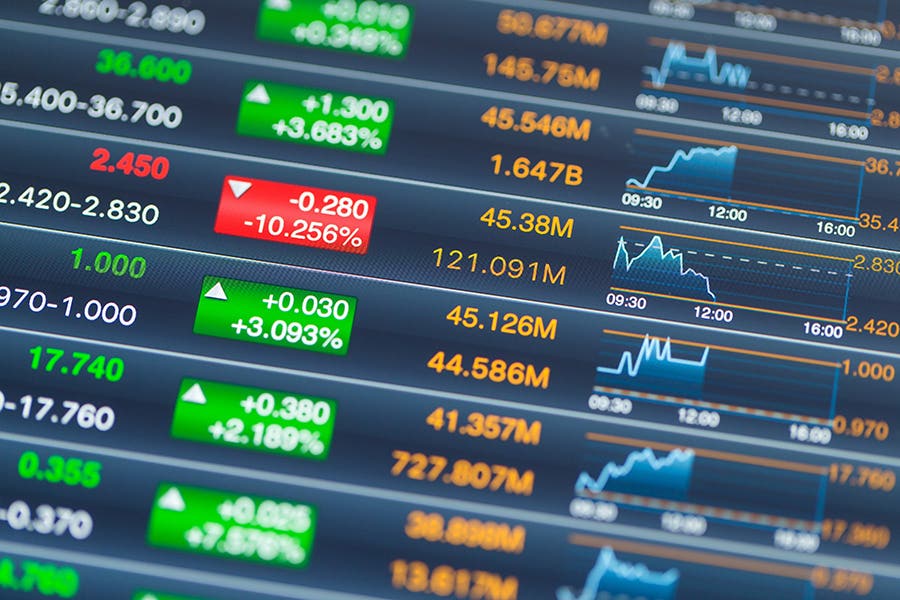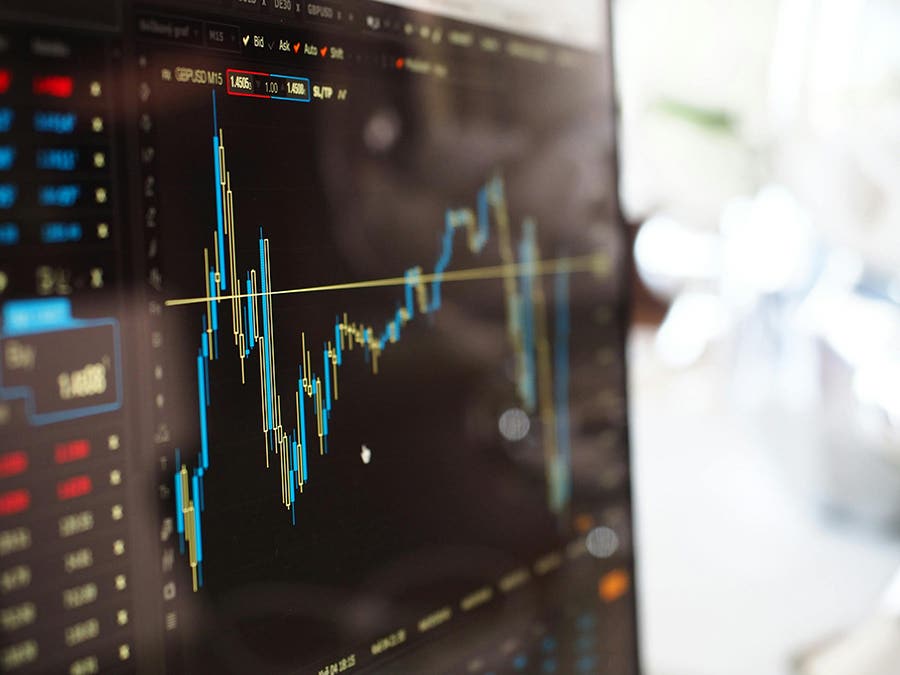Why Gold’s Price Is Destined To Keep Rising
A number of so-called financial experts are pretending to know why the price of gold is now up 17% and silver 15% since the end of April. Most of them…
A number of so-called financial experts are pretending to know why the price of gold is now up 17% and silver 15% since the end of April. Most of them don’t have a clue.
True, the price of gold can be impacted by news events such as the announcement Wednesday last week by the Federal Open Market Committee that it would lower the federal funds interest rate by .25%, President Trump’s subsequent announcement of higher tariffs on Chinese imports, the Chinese government response to allow the value of the Chinese yuan to fall to an 11-year low against the US dollar and to ban imports of American agricultural products, or the resulting weakness in US and world stock markets.
While these can and do have a temporary small impact on the prices of gold and silver, the ultimate reason for the recent rise in their prices is the shortage of physical supplies in the New York COMEX and London markets.
I am not able to do an analysis of activity in the London markets, because much of the activity is conducted over-the-counter, for which data is not readily accessible. However, I have done a long-term analysis of the New York COMEX gold futures market that starkly identifies the shortage.
Here is a table on the average daily trading volume, the open interest (number of outstanding ounces under contract), the inventories in bonded COMEX warehouses, and the percentage of inventory coverage against the open interest:
Quantities are posted in millions of ounces:
As you can see in the table above, trading volume and the size of open contracts have soared in recent years. Virtually all gold inventories in COMEX warehouses through the end of the last century were registered, meaning they were dedicated to being available to deliver against maturing gold contracts. It is only in this century that quantities of eligible inventories, which are those not committed to deliver against maturing gold contracts but are eligible at the discretion of the owner to be reclassified as registered inventory. From 1975 up to about a decade ago, the inventories covered 5-20% of the COMEX open interest.
Yet the coverage of registered inventories against open interest shrank all the way down to 0.86% Monday this week. That tells traders that there is a shortage of physical metal, encouraging them to start buying gold.
Short selling large quantities of COMEX futures contracts has been one of the main means by which gold and silver prices have been suppressed in recent years. But the opportunity to do so in the immediate future is just about non-existent in New York. Reports I receive about trading in the London market parallel this shortage of physical metals.
These shortages will not be managed until gold and silver reach much higher prices than where they are now.
Patrick A. Heller was the American Numismatic Association 2018 Glenn Smedley Memorial Service Award, 2017 Exemplary Service Award 2012 Harry Forman Dealer of the Year Award, and 2008 Presidential Award winner. Over the years, he has also been honored by the Numismatic Literary Guild, Professional Numismatists Guild, Industry Council for Tangible Assets, and the Michigan State Numismatic Society. He is the communications officer of Liberty Coin Service in Lansing, Michigan and writes Liberty’s Outlook, a monthly newsletter on rare coins and precious metals subjects. Past newsletter issues can be viewed at http://www.libertycoinservice.com. Some of his radio commentaries titled “Things You ‘Know’ That Just Aren’t So, And Important News You Need To Know” can be heard at 8:45 AM Wednesday and Friday mornings on 1320-AM WILS in Lansing (which streams live and becomes part of the audio and text archives posted at http://www.1320wils.com).








